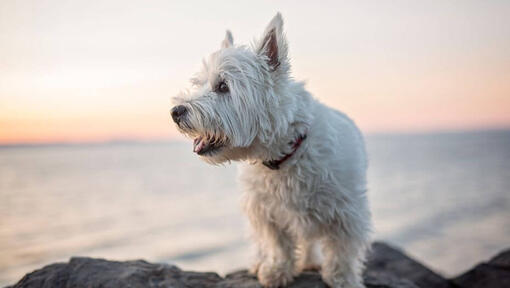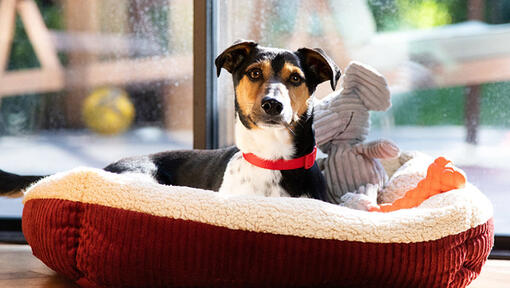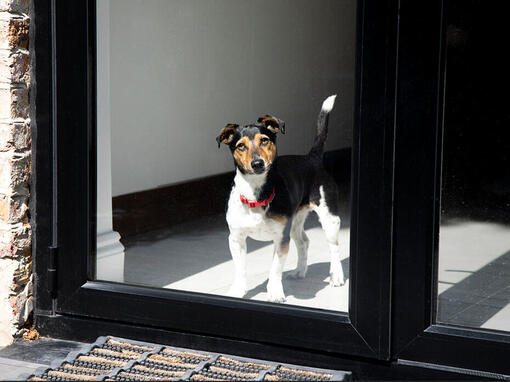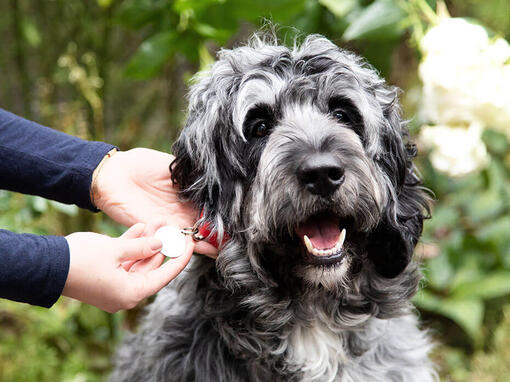History and Origins
Country of Origin: Scotland
Like many of the Scottish terriers, the Westie was bred to work, hunting otter, fox and other vermin. Unlike any others however they are always white in colour for a unique and tragic reason. Back in the 1600s, Col. Malcolm if Poltalloch was out hunting when he mistook his beloved dark coloured terrier for a fox, shooting and killing him. After that he vowed only to have white dogs to ensure that could never happen again.
First called the Poltalloch Terrier, the breed only appeared in the show-ring under the name of West Highland White Terrier in 1904 and has gone on to be one of the best-loved of all the terrier breeds.










